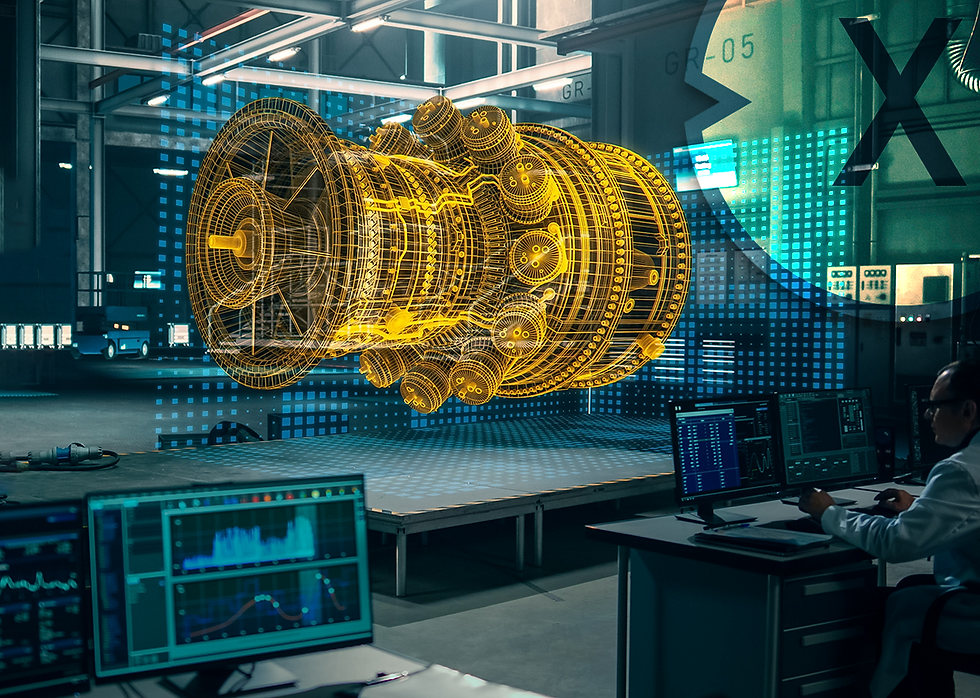Bridging the Gap: Tackling Remote Location Challenges with Innovation
- viroinnovation
- Jan 24
- 2 min read
Updated: Jan 31

Industries operating in remote and geographically dispersed locations, such as oil exploration, mining, or renewable energy, face unique challenges in maintaining operational efficiency and safety. The lack of immediate access to expert knowledge on-site can amplify these challenges, turning minor issues into significant disruptions. Advanced technologies, such as augmented reality (AR) and remote collaboration tools, are emerging as transformative solutions to address these hurdles effectively.
Remote locations, like offshore oil platforms or distant wind farms, often require extensive travel for expert assistance. This geographical isolation makes it difficult to provide timely support, especially during emergencies. Without immediate expertise, minor mechanical failures or operational issues can escalate, causing downtime and increasing costs.
Technologies like AR-powered remote assistance allow technicians to connect with experts in real-time. Using wearable devices or mobile applications, technicians can share their view of the problem, while experts provide step-by-step guidance. This eliminates the need for travel and speeds up issue resolution. For example, an offshore oil rig technician troubleshooting equipment can collaborate with an expert located miles away, ensuring quicker repairs and minimal disruption.
Digital twin technology and IoT-enabled diagnostics further enhance efficiency. Digital twins create virtual replicas of physical assets, allowing real-time monitoring and predictive maintenance. IoT sensors provide continuous data on equipment performance, enabling remote experts to identify potential issues and guide technicians to resolve them before failures occur.
These technologies bring significant benefits, including reduced downtime, lower operational costs, enhanced safety, and improved workforce efficiency. By minimizing travel and enabling remote troubleshooting, industries save on expenses while ensuring uninterrupted operations. Additionally, advanced tools help technicians handle complex tasks confidently, reducing dependence on external expertise.
In real-world applications, offshore oil platforms use AR to assist with inspections and repairs, wind farms benefit from remote diagnostics to maintain turbines, and mining operations rely on IoT and digital twins for proactive equipment management. Remote location challenges are no longer insurmountable barriers. Advanced technologies like AR, IoT, and digital twins provide the tools industries need to overcome these hurdles, ensuring seamless operations, improved safety, and reduced costs in even the most isolated environments.



Comments